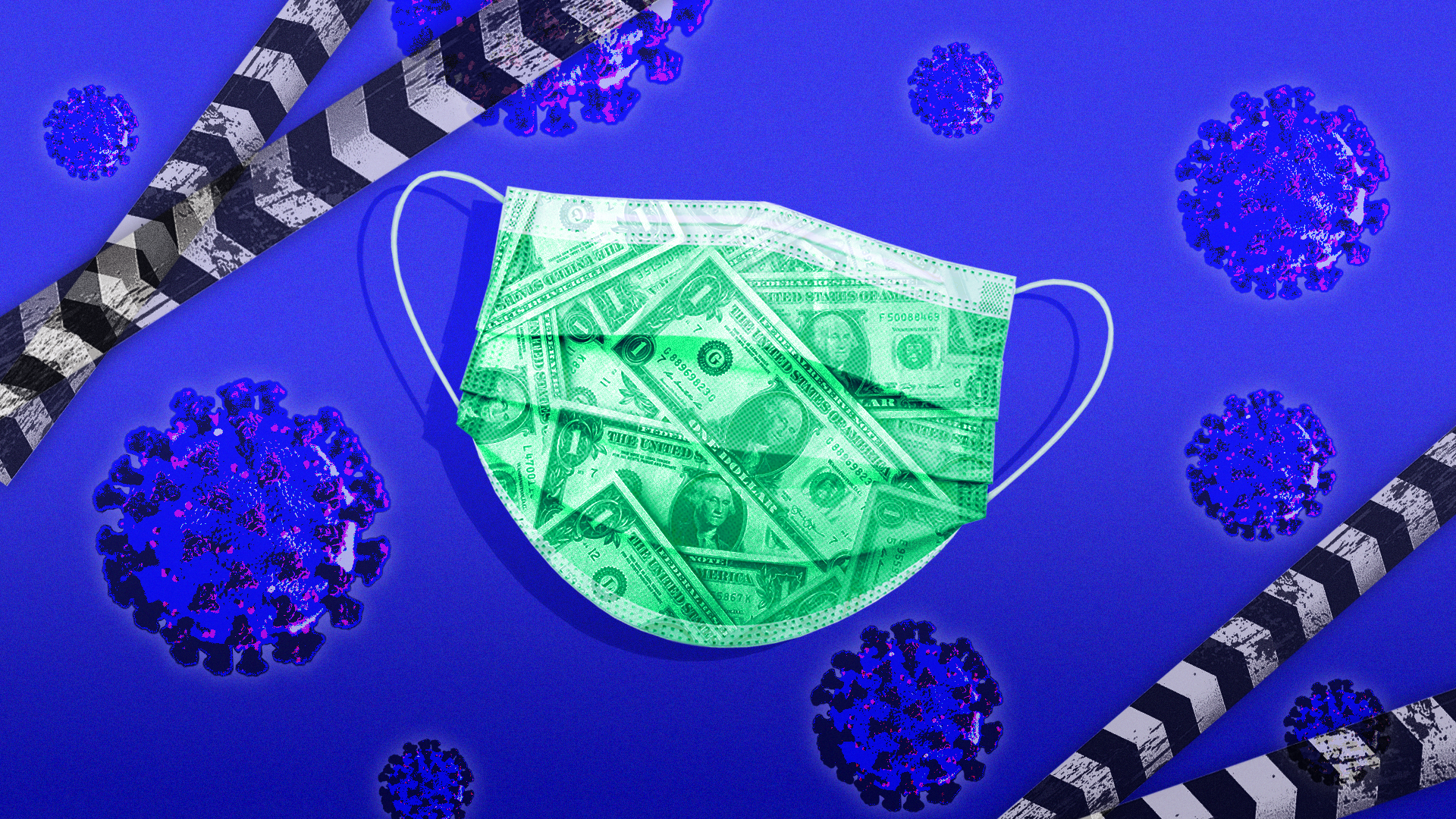Every year, the world loses approximately $500bn due to economic fallouts spurred by zoonotic diseases. The cost of preventing them in the future, according to a recent report, could be just $20bn.
Though Covid-19 has obviously taken a huge toll on the world, claiming more than 5 million lives and costing trillions in economic losses, it’s far from the first zoonotic virus – one which is spread from animals to people – to cause huge upheaval to humanity.
Before the most recent pandemic gripped the planet in 2019, the number of such viruses were already on an upward trajectory and had been gradually rising over the last century. Given all we’ve had to endure already, it’s worrying that experts state there are likely to be even more after we see the back of Covid.
To date, our methods of dealing with such diseases are almost entirely reactive – i.e. we only begin to contain their spread after they emerge in humans. It’s all about damage control, and dealing with the dud hand mother nature has dealt us.
To our credit, we do tend to eventually recover from such setbacks (touch wood) using innovations with pharmaceuticals and vaccines. But science is now asking whether we should shift our focus to preventing viruses from spilling into human populations in the first place.
The most feasible suggestions revolve around better management of the wildlife trade, reducing deforestation, and improving the global surveillance of virus genomics/emerging pathogens. Sounds expensive, right?
While that is indeed the case, recent reports suggest the price of achieving such aims would cost 1/20th of those incurred each year by such viruses.
That calculation arrives from a paper authored by 20 experts in zoonotic diseases, called Science Advances. One such author, Start Pimm, of Duke University, asserts that it’s now imperative we ‘get involved in prevention.’
‘We want to say, look, what we’ve learned from Covid has been an awfully bitter lesson, and the lesson is that even with all our resources, all our medical science, the cures aren’t working well enough,’ he states.
To measure the financial damage caused by pandemics, researchers looked at all zoonotic viruses that have killed at least 10 people since the Spanish Flu (1918). The list included HIV, West Nile, SARS, and H1N1.




















